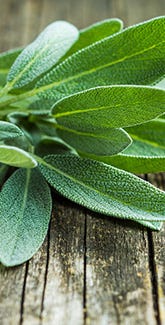You Have Cauliflower Power!


Cauliflower Growing Guide
You can never have too much cauliflower on hand. It's been a gardener's favorite for decades, not only because it's easy to grow but also because it's easy to cook with and packed with nutritional value. Raw, baked, broiled, steamed, or frozen, cauliflower's culinary possibilities are endless (it's especially good mashed as a much healthier alternative to potatoes!).
Cauliflower is nearly identical to broccoli. The only differences are that cauliflowers are generally white, though there are purple, green, and yellow varieties, and cauliflowers do not develop smaller heads or side shoots once the main head has been harvested.
Cauliflower is best planted in summer for a fall or winter harvest. Seeds can be started in flats in the spring and transplanted 4-6 weeks later, or direct seeded in late spring or early summer. Plants should be 18 inches apart in rows separated by 24-30 inches.
Cauliflower grows best in cool weather. Excessive heat will cause dwarf heads to form. Cauliflower also needs to be fertilized frequently with a fertilizer that's relatively high in phosphate. Therefore, look for a fertilizer with a high middle number, such as 5-10-5. (These three numbers indicate the levels of the three key fertilizing nutrients: nitrogen, phosphate, and potash.)
Cauliflower plants require consistent moisture. For the whitest heads, pull the outer leaves over the heads as soon as they start to form and secure the leaves with a rubber band.
Plant your cauliflower crop separately from similar varieties like broccoli and cabbage as these all require similar nutrients from the soil and could deprive one another. Change the crop location every year for the same reason.
Did you know? Mark Twain once said, "Cauliflower is nothing but a cabbage with a college education."



